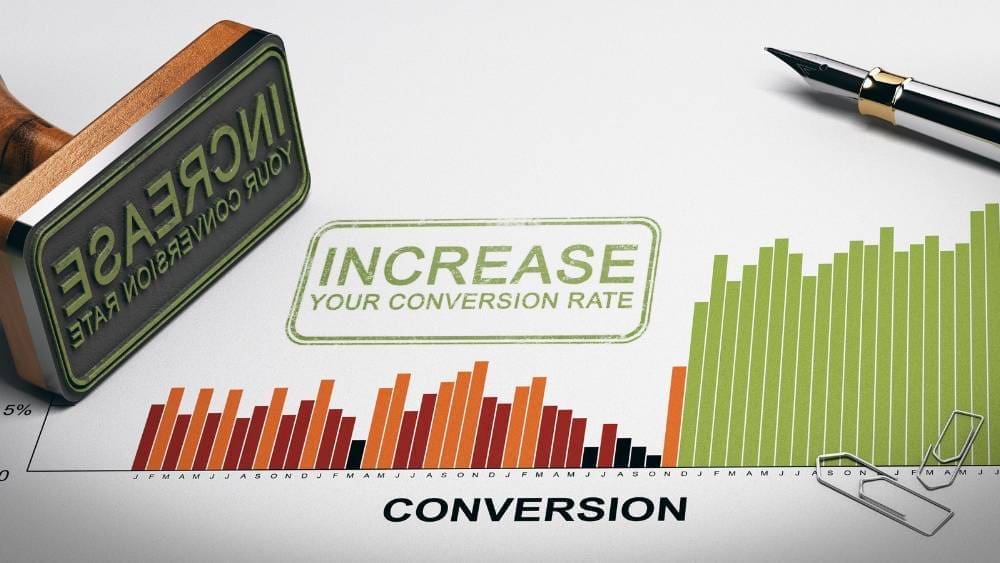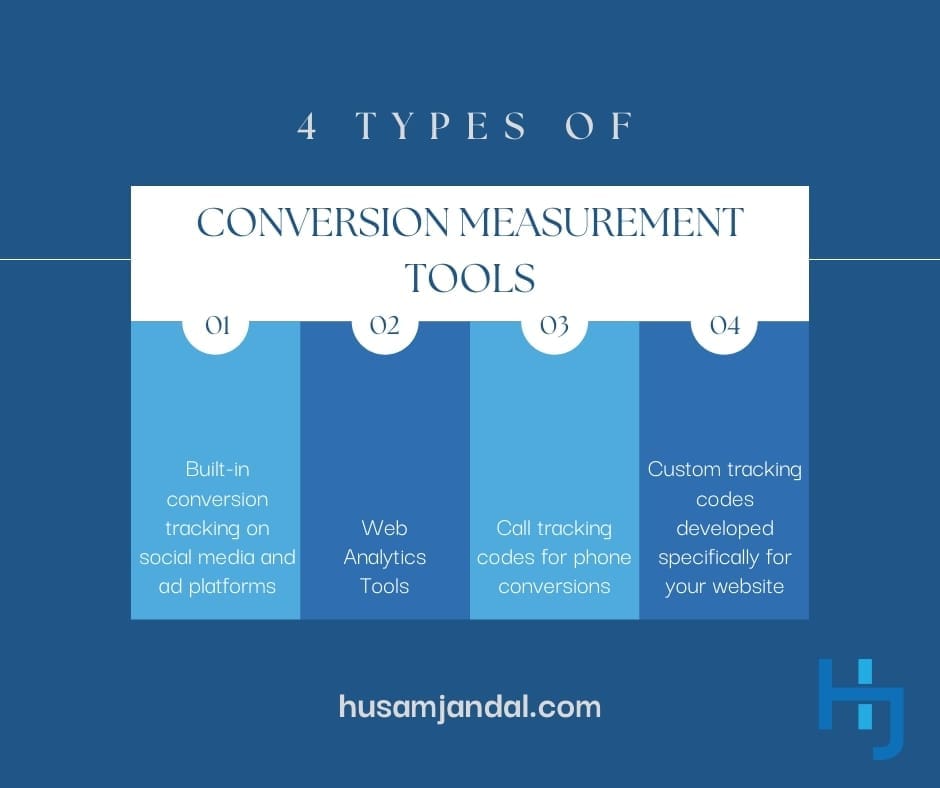
Assuming you have some basic knowledge about digital marketing, you would know that there are many factors and channels that contribute to your primary goal of increasing your business’s success, as well as your ability to build trust and credibility with your audience. You can think of them as team players, where each contributes with a different move to help the team score a goal (or a “conversion” in the digital marketing world).
There are two types of conversions; micro and macro. Micro conversions are single actions or activities taken by visitors toward achieving a primary conversion goal. Macro-conversions happen during the user journey as site visitors move from one step of the website funnel to another. When your site’s visitors complete a primary call-to-action, it is referred to as a macro conversion. Sometimes the best way to describe something is by giving examples:
How to Track Micro Conversions

- Facebook page like.
- A follow on LinkedIn or Twitter.
- Newsletter signups.
- Downloading a product guide.
- Adding products to a cart.
- Downloading lead magnets (such as trial subscriptions, white papers, and free consultations).
How to Track Macro Conversions
- Fill out an online lead capture form (B2B).
- Buy a product online (on an e-commerce website).
- Giving a donation or providing a lead.
- Call to inquire about the product/service (which is usually a miss-tracked macro conversion).
In the last Macro conversion example, you must use a call tracking technology with multiple proxy numbers. Proxy numbers are temporary numbers that you can buy in bulk to track different traffic sources to your online properties. For example, when someone visits your website with a call tracking technology-enabled, instead of the visitor seeing the default business phone number, he/she would see a unique number that tracks the source through which has come to your website.
So why is it important to understand and identify conversion types, i.e., Macro vs. Micro, and measure them effectively?! Well, this is a FUQ (Frequently Unasked Question!) As they say, if you can’t measure it, you can’t manage it – or can’t improve it!
If you don’t define the different types of conversions, you don’t know what variables to measure and how to make your online results better, improve the customer journey, and increase engagement!
What Are the Types of Conversion Measurement Tools?

- Web Analytics Tools (such as Google Analytics).
- Built-in conversion tracking on social media and ad platforms (Adwords, Bing Ads, Facebook, etc.).
- Custom tracking codes developed specifically for your website.
- Call tracking codes for phone conversions.
The most simple method used by conversion tracking tools (to identify a conversion) is by using what it’s called a conversion pixel. This is a zero-size image that gets injected into the HTML code of a web page on which the conversion would happen. When one visits that page, the image loads and is tracked as a conversion by the tracking tool for each load/visit.
To get back to business, what are the benefits of macro-micro conversion tracking?
Let’s say you are running a B2B business (business-to-business), and your ultimate macro conversion is online form submissions from lead capture forms. You may find that 80% of your customers buy your service/product only after subscribing to your weekly email newsletter (which you are not measuring as a ‘micro’ conversion, or not measuring at all!). That may lead to changing your content priorities to put more focus on encouraging users to fill in the newsletter subscription field, instead of trying too hard to ask them to call you or filling an online lead capture form, or even adding the product to their shopping cart for eCommerce websites. Also, your CTA (Call to action) will change across the website to make the newsletter subscription more prominent and to have your messaging pointing to it. The same applies to the design of the website, and almost everything else that you have online will be influenced by this important finding!
Now, I hope you start appreciating the need for identifying all conversion types (macro and micro); and measuring each one in aggregation (as a team) and in isolation to see how they perform together and independently to lead to increased user interaction and your ultimate conversion goals, whatever they might be!
Let’s say you have a budget of 10,000 ($, Euro, or whatever the currency you are using!), and applying the theory above, you may choose to allocate at least 80% of it to e-newsletter subscriptions instead of killing yourself to convince a visitor to contact you. Identifying your conversion type, in this case, helped you realize that a visitor would more likely do so by first getting kicked by another player: The newsletter subscription!
Get Help Creating a Marketing Plan and Boost Your Conversion Rate
As a business and marketing consultant, I’m often brought in to help companies build and execute winning strategies. Though their backgrounds and long-term goals are always different, the goal-setting framework is the same. If your small or midsize business is ready to level up, but you’re unsure how to get it where it needs to go, or your progress is stalling, contact me for a complimentary consultation.





































































